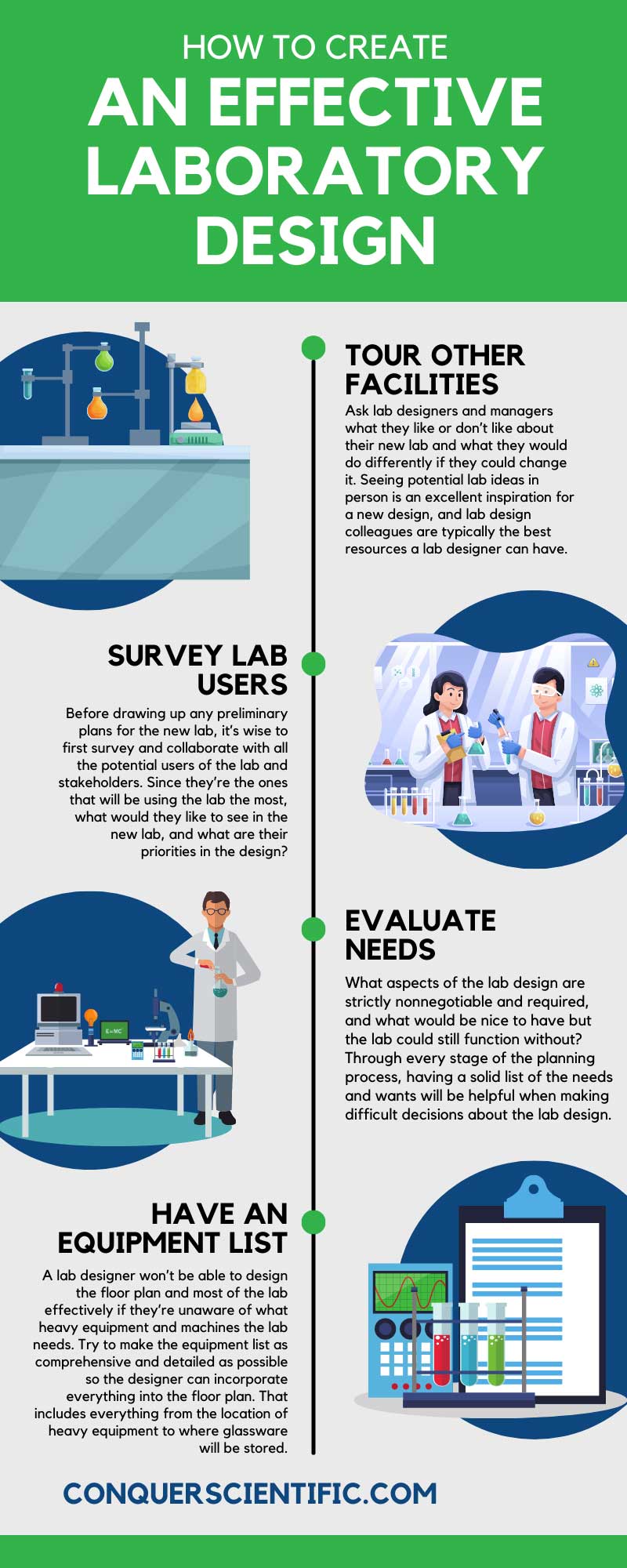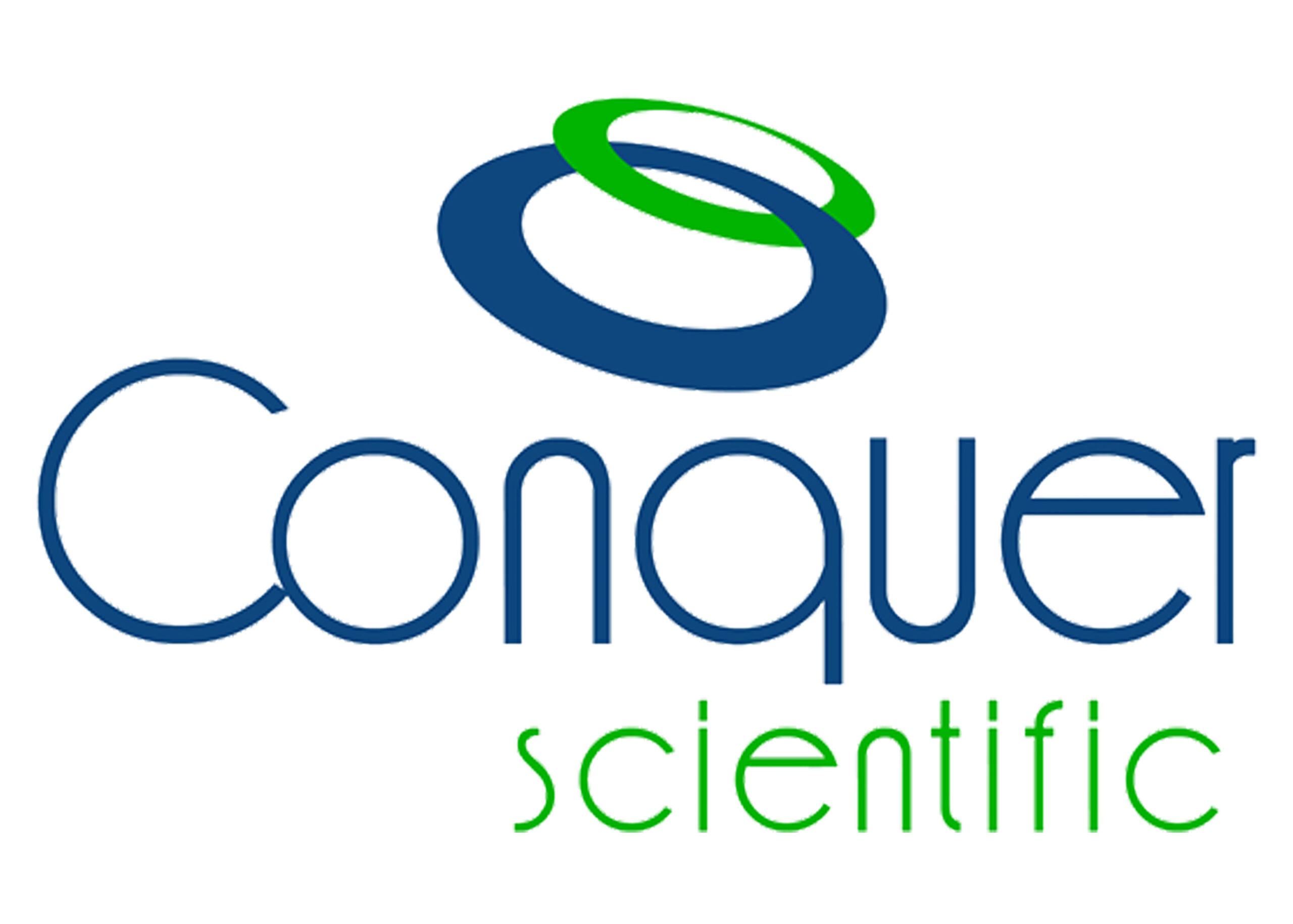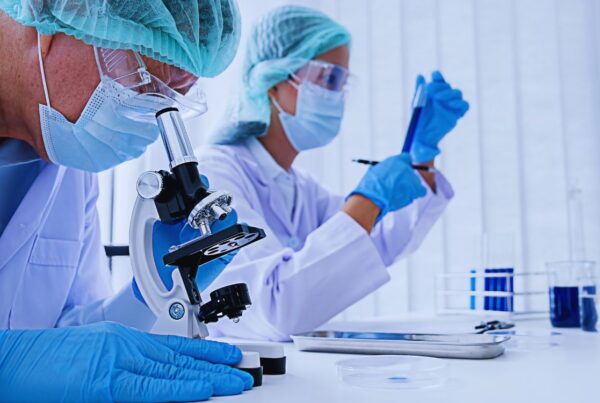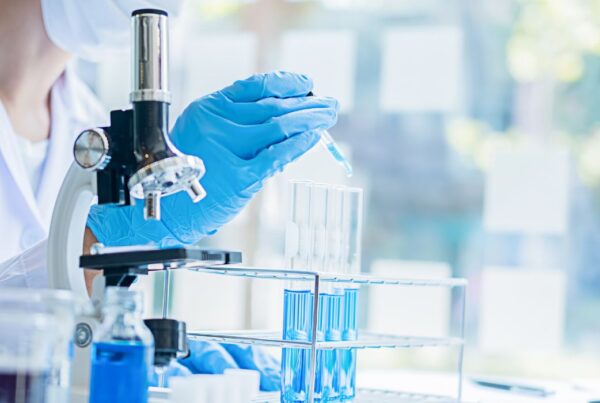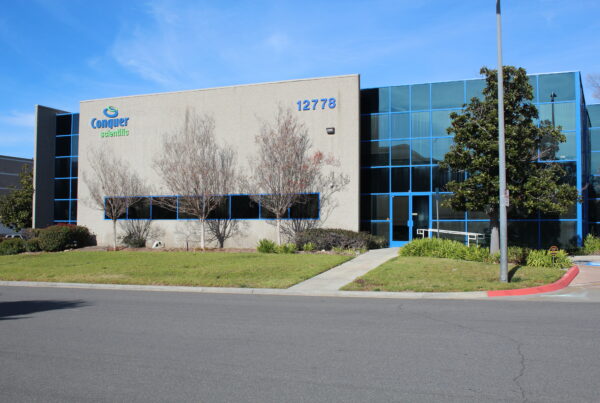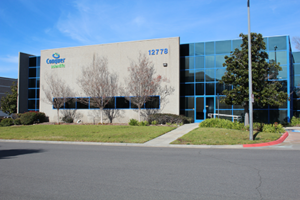Much of the success or failure of a laboratory can be traced back to its original design plans. If you have to design a new laboratory, we have some helpful tips so you can create the most effective lab possible.
Tour Other Facilities
A good place to start a laboratory’s planning and design process is to check out other facilities first. Those designing a new university lab could benefit from touring nearby schools if they’ve recently designed or renovated a lab.
Ask lab designers and managers what they like or don’t like about their new lab and what they would do differently if they could change it. Seeing potential lab ideas in person is an excellent inspiration for a new design, and lab design colleagues are typically the best resources a lab designer can have.
Survey Lab Users
Before drawing up any preliminary plans for the new lab, it’s wise to first survey and collaborate with all the potential users of the lab and stakeholders. Since they’re the ones that will be using the lab the most, what would they like to see in the new lab, and what are their priorities in the design?
If it’s a university lab and multiple departments will be using it, everyone should give their input on the new lab and what they believe it needs for success. It’s also smart to clarify from the early stages what the primary functions of the lab will be from the stakeholders and its long-term outlook. Having a list of what everyone wants in the new lab will be helpful when designing to ensure everyone gets at least something they want in the new lab.
Evaluate Needs
Speaking of lists of needs and wants, lab designers should use input and feedback from stakeholders and lab users to create a list of the needs and wants of the design. This list can range from the most basic of needs—size, storage, and safety requirements—to more convenient or luxurious features and amenities.
What aspects of the lab design are strictly nonnegotiable and required, and what would be nice to have but the lab could still function without? Through every stage of the planning process, having a solid list of the needs and wants will be helpful when making difficult decisions about the lab design.
Have an Equipment List
Part of the list of the needs and wants of the lab should also be a comprehensive equipment list. All lab stakeholders and confirmed lab users should know exactly the equipment they’ll need to complete the lab work they plan on doing.
A lab designer won’t be able to design the floor plan and most of the lab effectively if they’re unaware of what heavy equipment and machines the lab needs. Try to make the equipment list as comprehensive and detailed as possible so the designer can incorporate everything into the floor plan. That includes everything from the location of heavy equipment to where glassware will be stored. The last thing any lab designer wants is to have the entire floor plan figured out to discover a new piece of heavy equipment they must incorporate into the design!
Prioritize Safety
Perhaps the greatest rule in creating an effective laboratory design is prioritizing safety. Whether scientific research is relatively safe and harmless or deals with hazardous chemicals, a well-executed lab design must make the safety of the staff and the lab the priority.
Lab safety design includes legal requirements like enough fire extinguishers, sprinkler systems, eye-wash stations, and more. Lab designers should also focus on how the floor plan and organization of the lab can help reduce risks. Designers should consider the chemical storage location, the width of the aisles, and the size of the workstations.
Maximize Space
While examining other facilities and lab designs, likely the most common complaint from users and stakeholders about their lab is that there’s not enough space. Some of the issues are natural for labs that expand with more equipment and staff over time, and some of the problems go back to poor lab design.
When designing a new lab, it’s always in the best interest of the future staff to maximize as much space as possible, not only for the initial lab users but to open the opportunity for future expansion. Lab designers should always consider how they can efficiently use all the space they’re given and allow the lab to grow into the space long term.
Plan for Chemical Storage
If the lab houses any chemicals, which is likely for most labs, chemical storage should be one of the priorities of the design. Proper chemical storage is critical for the safety of the staff and for avoiding code violations or issues that could result in fines or lead to the lab being shut down.
But effective chemical storage design can also help labs be more efficient and productive. If the lab users require special storage equipment and machines for certain chemicals, the lab designer should be aware and incorporate it into the design from the outset.
Consider Ease of Access
Another key area that lab designers should consider is the ease of access and movement in the lab. For one, this will make the initial setup stages of the lab much easier when it comes to moving heavy equipment, work benches, and furniture into the lab.
Even something as simple as widening the door widths by a few inches can make moving equipment in and out of the lab twice as easy. Lab designers should also consider walkways and turning clearances to make moving heavy equipment or hazardous substances easier and safer for the staff.
Invest in Quality Work Surfaces
Typically, one of the first things to degrade in a lab is the surfaces of the workstations. In a lab, a workstation surface can take a lot of abuse from heavy equipment, heat, chemicals, and whatever other work happens in the lab.
So it’s always wise for lab designers to carefully consider the work surfaces and invest in high-quality, durable materials that will withstand heat, moisture, chemicals, and abrasions. It may cost more initially, but they’ll offer greater long-term value, as they’re more durable and won’t require replacements as soon.
We hope our tips help you to design the best laboratory possible. And if you need to fill your new lab with lab instruments, consider used scientific equipment from Conquer Scientific that offers near-new quality at affordable prices. Contact our staff to learn more about Conquer Scientific’s refurbished products and services.
